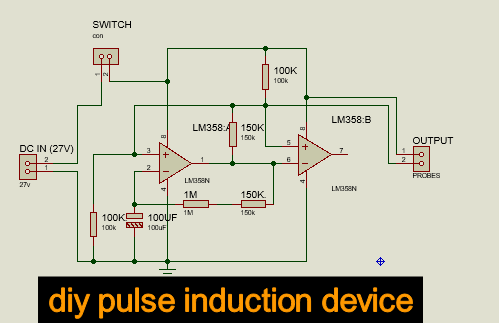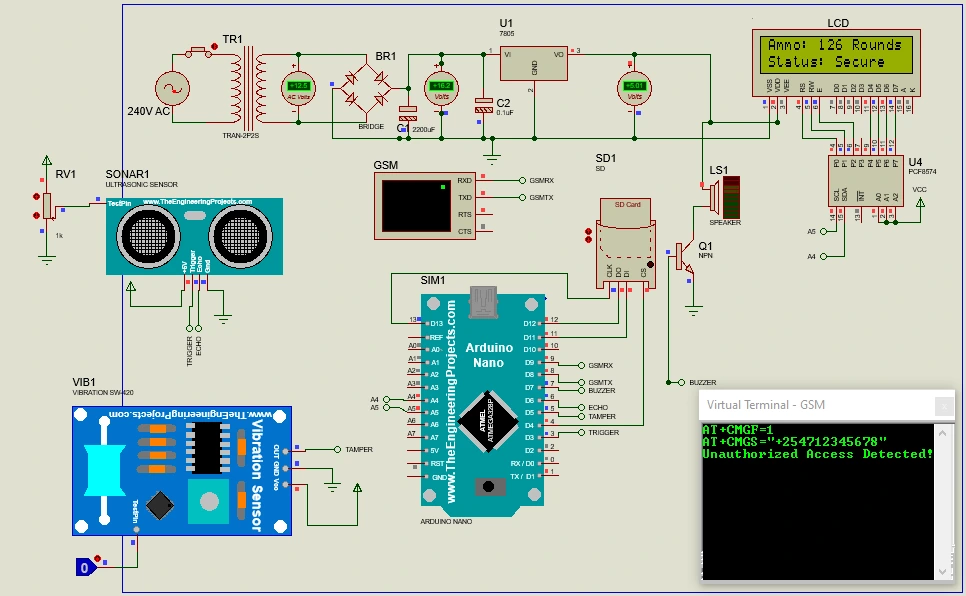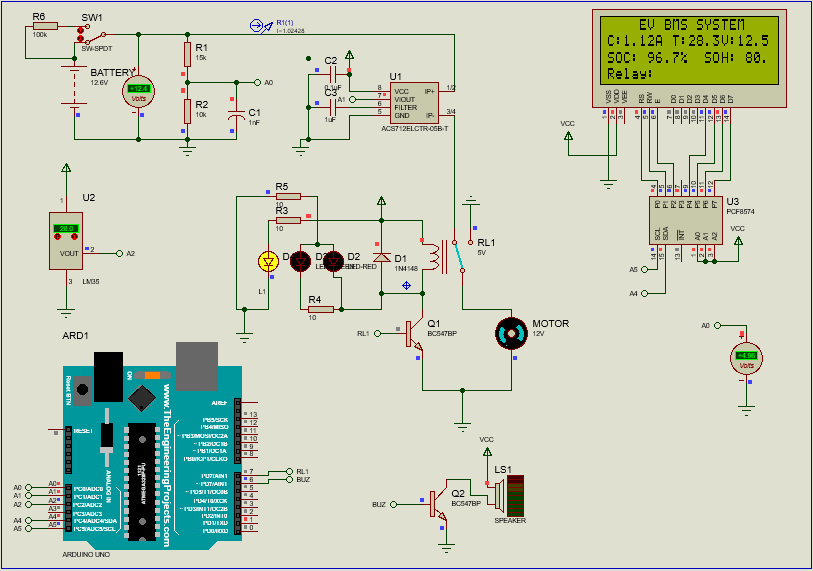A clap switch with CD4017BE and BC547 is a fun and educational project that provides insight into the workings of sound-activated circuits. This project utilizes the CD4017BE, a decade counter, and the BC547, an NPN transistor, to create a responsive circuit that can detect claps and toggle an LED accordingly. The simplicity and effectiveness of this design make it ideal for beginners and enthusiasts alike.
Components Needed
To build your own clap switch with CD4017BE and BC547, you will need the following components:
- CD4017BE Decade Counter: This IC is the heart of the circuit, counting the input pulses and controlling the output.
- BC547 NPN Transistor: Used for amplifying the sound signal received from the microphone.
- 1M Resistor: Helps in stabilizing the microphone’s sensitivity.
- 220R Resistor and 10K Resistors: These are used to limit current and set bias points in the circuit.
- 9V Battery: Powers the entire circuit.
- LED: Indicates the state of the circuit (on/off).
- Microphone: Captures the sound of the clap.
Circuit Diagram and Assembly of clap switch
Before diving into the assembly, it’s crucial to understand the circuit diagram. The CD4017BE decade counter has ten outputs that turn on sequentially with each input pulse. By configuring this IC appropriately, we can create a toggling mechanism for the LED.
- Microphone and Transistor Stage: Connect the microphone to the base of the BC547 transistor via a 1M resistor. The emitter of the BC547 goes to ground, while the collector is connected to the 10K resistor, which then goes to the power supply.
- Pulse Shaping: The output from the BC547 is fed into the clock input of the CD4017BE. This stage ensures that the signal from the microphone is shaped into clean pulses that the CD4017BE can count.
- Output Control: Connect the output Q0 of the CD4017BE to the LED via a 220R resistor. The LED will light up on the first clap and turn off on the second clap, thanks to the toggling nature of the CD4017BE.
- Power Supply: Connect the 9V battery to power the entire circuit, ensuring that the positive terminal is connected to the Vcc of the CD4017BE and the negative terminal to the ground.
Testing and Troubleshooting for clap switch
Once the assembly is complete, it’s time to test the circuit. Clap your hands near the microphone and observe the LED. If the LED doesn’t respond, check the following:
- Connections: Ensure all connections are secure and correct according to the circuit diagram.
- Component Polarity: Verify that the LED, transistors, and electrolytic capacitors (if used) are connected with the correct polarity.
- Microphone Sensitivity: Adjust the placement and sensitivity of the microphone to ensure it picks up the sound of the clap effectively.
Applications and Future Enhancements
A clap switch with CD4017BE and BC547 can be used in various applications, such as:
- Home Automation Technology: Control lights, fans, or other appliances with a clap.
- Assistive Technology: Help individuals with mobility issues control devices without physical contact.
- Security Systems: Implement sound-activated alarms or notifications.
For future enhancements, consider integrating a microcontroller to add more functionalities, such as adjusting the sensitivity, adding delay features, or even connecting to a smart home system for remote control.
For more detailed projects and tutorials, visit our website where we explore a wide range of electronic projects and innovations. Feel free to contact us for any assistance.
Conclusion
Building a clap switch with CD4017BE and BC547 is a rewarding project that combines basic electronic components to create a practical and fun device. This project not only enhances your understanding of electronic circuits but also opens the door to more advanced and creative projects. So, gather your components, follow the steps, and enjoy the process of bringing sound-activated technology into your home.






Leave a Reply